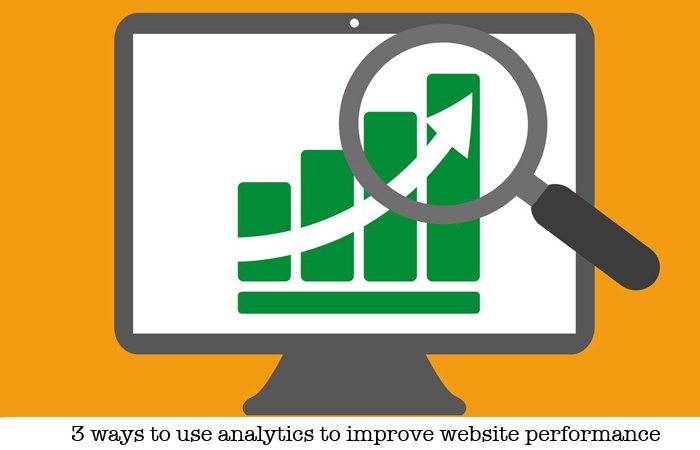
Inbound marketing is all about attracting visitors to your site, getting them engaging and interacting with what’s on it, and then converting them to a sale. Through the use of web analytics tools, you can see what’s working on your site and what’s not to maximise the efficiency of this cycle.
How are people finding your site?
The first question you want to ask is ‘how are people finding my site?’
With Google analytics, you can break down visits to your site by the following origins:
- Organic: Traffic from search engines (not paid)
- Direct: Visitors who typed your exact URL
- Referral: Traffic from other websites (not search engines)
- Email: Visitors who arrived by clicking a link in an email
- Social: Visitors who clicked a link on social media (e.g. Twitter, Facebook, LinkedIn)
- PPC: Traffic from paid advertising campaigns (e.g. Google AdWords)
This can also provide useful insights into who is visiting your site. Dig a little deeper and you can find further valuable information such as which sites your referrals are coming from or the most popular search terms that lead to organic traffic.
If you’re a supplier of building materials for commercial projects, for example, and are finding that a large chunk of your organic traffic is for terms specific to residential building, a large proportion of your visitors are likely to be badly qualified and thus less likely to convert. This information should lead to a rethink of your SEO strategy, which should instead target terms more specific to your particular niche.
Navigational journey
Once you’re getting regular qualified visitors to your site, In-page analytics allow you to see how users are interacting with it.
This information allows you to optimise the site for users and ensure they are finding the content you want them to see.
The two key in-page analytics for assessing the navigational journey of your site are:
- Engagement with element
- Time spent on page
By determining how often an element is clicked and how long it takes the user to find it, you can begin to understand your customers’ navigational journey.

If you want to direct visitors to a cornerstone content page, for example, but are seeing low engagement with the element that links to it, further investigation should be able to provide insight as to why.
If you’re seeing a high bounce rate and visitors spending more than a minute on your homepage before clicking through to other pages, it’s likely visitors are having trouble finding what they want.
Armed with this information, you can optimise your page layout, make your CTAs more visible and improve the navigational journey for visitors.
Page performance
So, you're getting qualified visitors to your site and they're finding the pages you want them to visit. What next?
In-page analytics are also useful for determining the performance of individual pages.
Depending on what kind of page it is, different analytics will be better indicators of performance. If a blog post has an average time on page of eight minutes, for example, this is likely to indicate strong engagement from visitors. However, that same time spent on a homepage is likely to indicate that its layout is overly complicated.
Tracking the performance of an ebook landing page, for example, would be different again.
Adding a ‘Thanks for the download!’ page is an easy way to determine the conversion rate of the previous landing page. The following is an easy formula for determining landing page conversion rate (%):
(‘thank you!’ page hits / landing page hits) x 100
If you want to take your campaign a step further, Google Analytics allows for specific goals to be set to track landing page performance. A goal might be a certain number of visits to a ‘thank you for downloading!’ page but may also include other metrics such as pages per visit or visit duration.
Start to finish
Today’s analytics tools allow metrics to be as simple or detailed as you like.
Whether you use Google Analytics, Hotjar or CrazyEgg, analytics will help optimise your site from initial search to conversion. By analysing where in the funnel between landing and conversion visitors are most likely to drop off, you can rectify weak links, increase conversion rates and improve overall website performance.
Here at LexisClick, we live and breathe web stats. Every campaign we run, from email marketing to SEO, is analysed to ensure maximum performance and ROI. If you're looking to use website analytics to improve your website's performance, get in touch with us via marketing@lexisclick.com or give us a call on 01202 788333.

